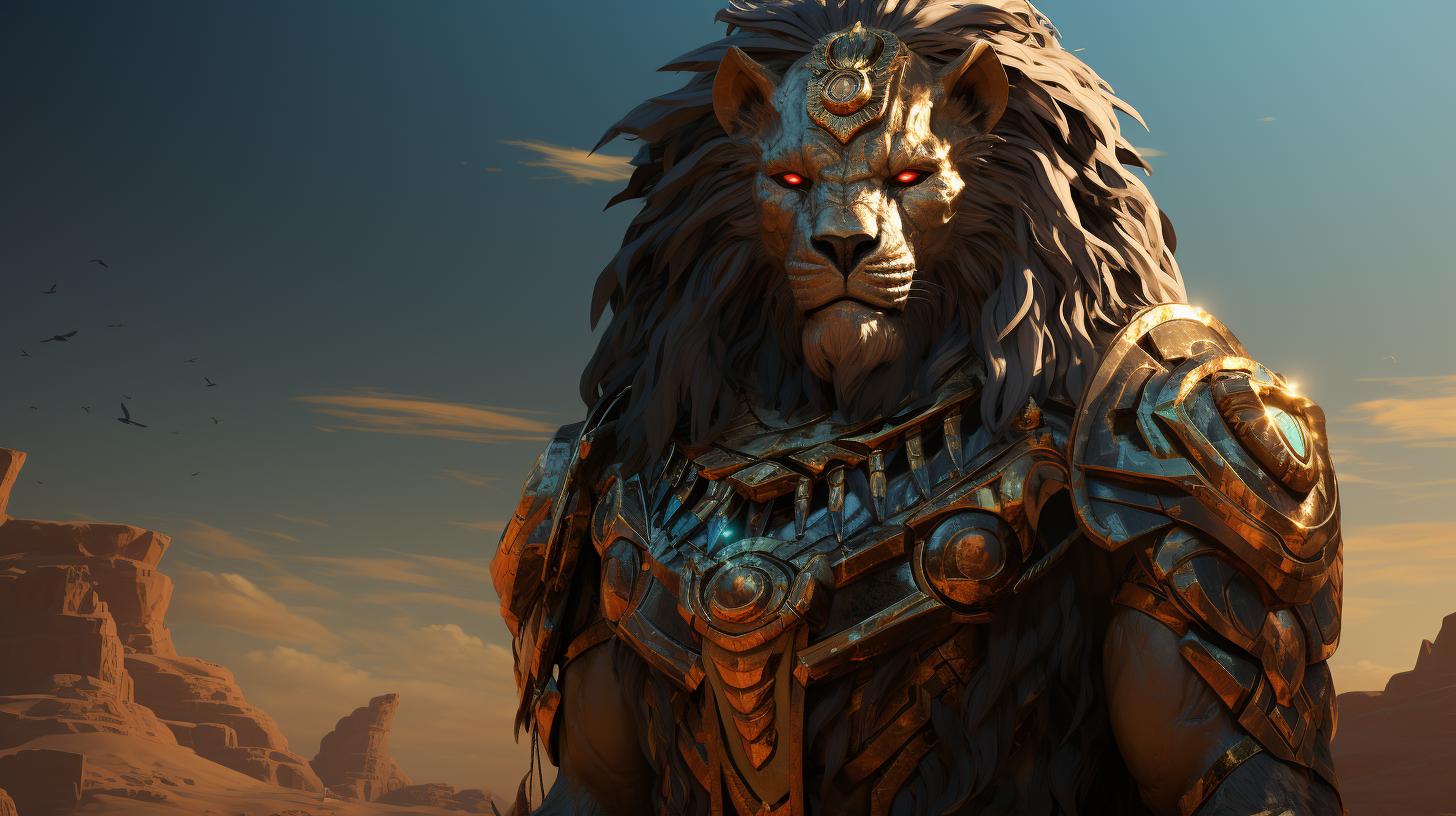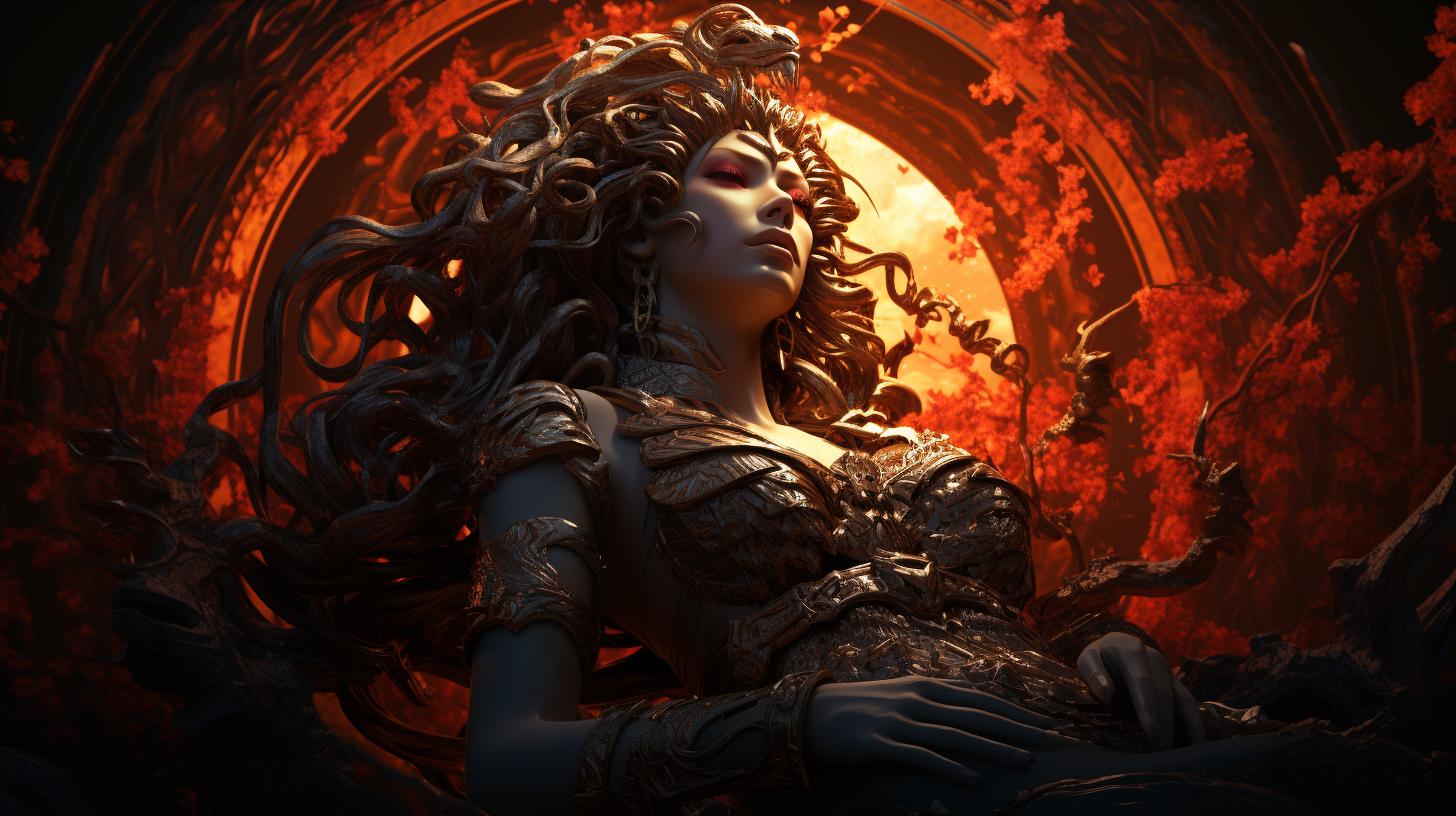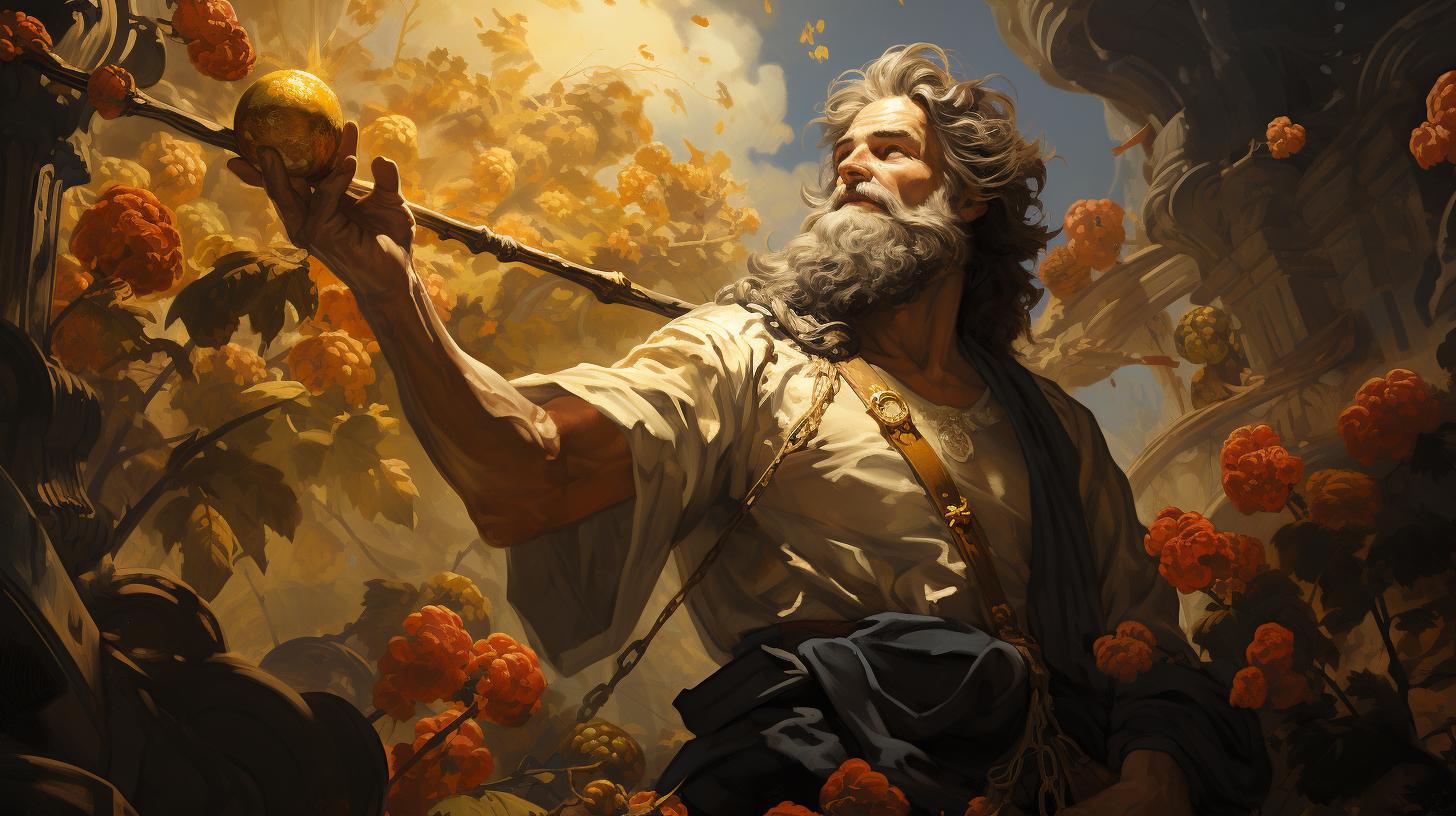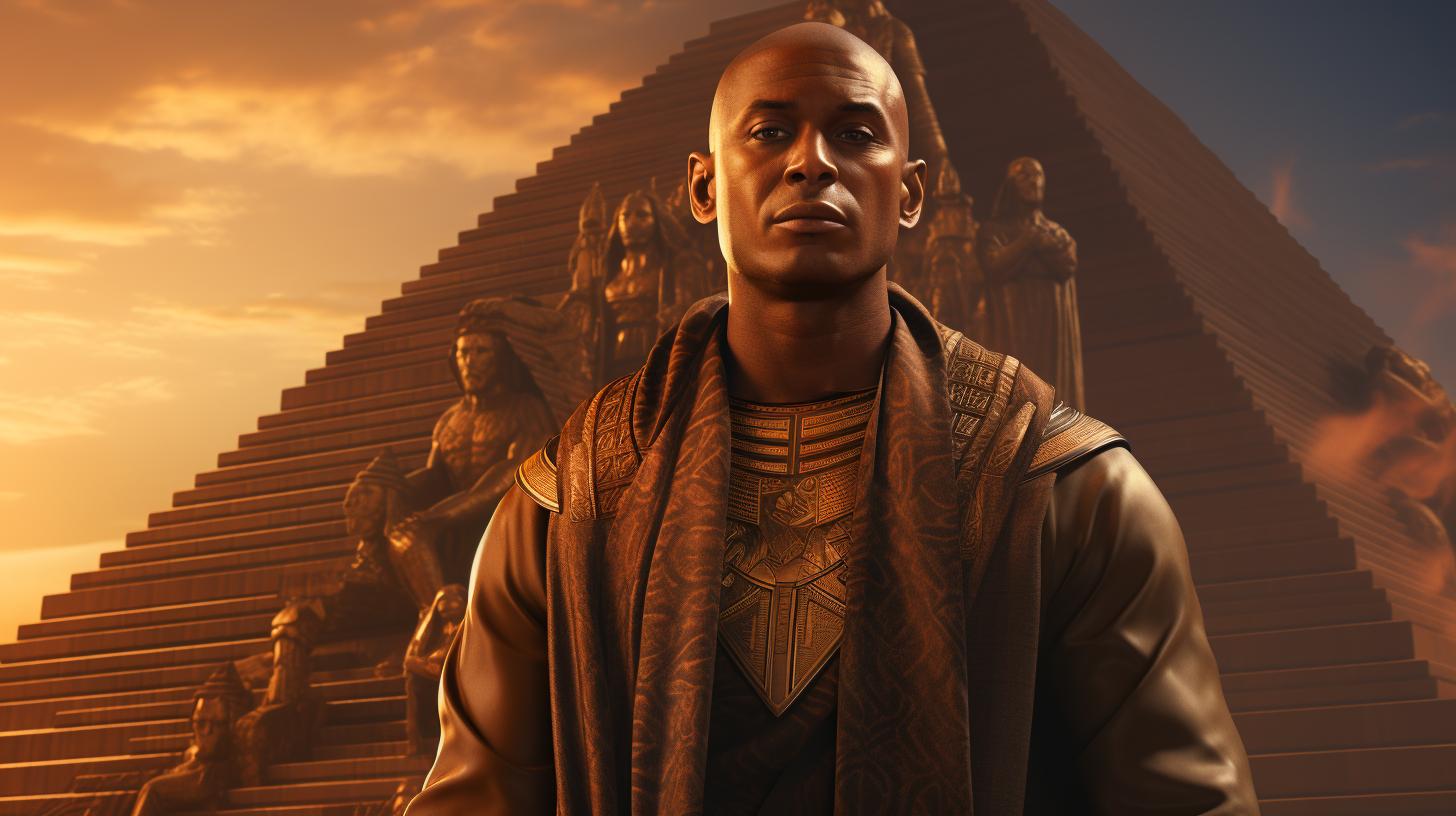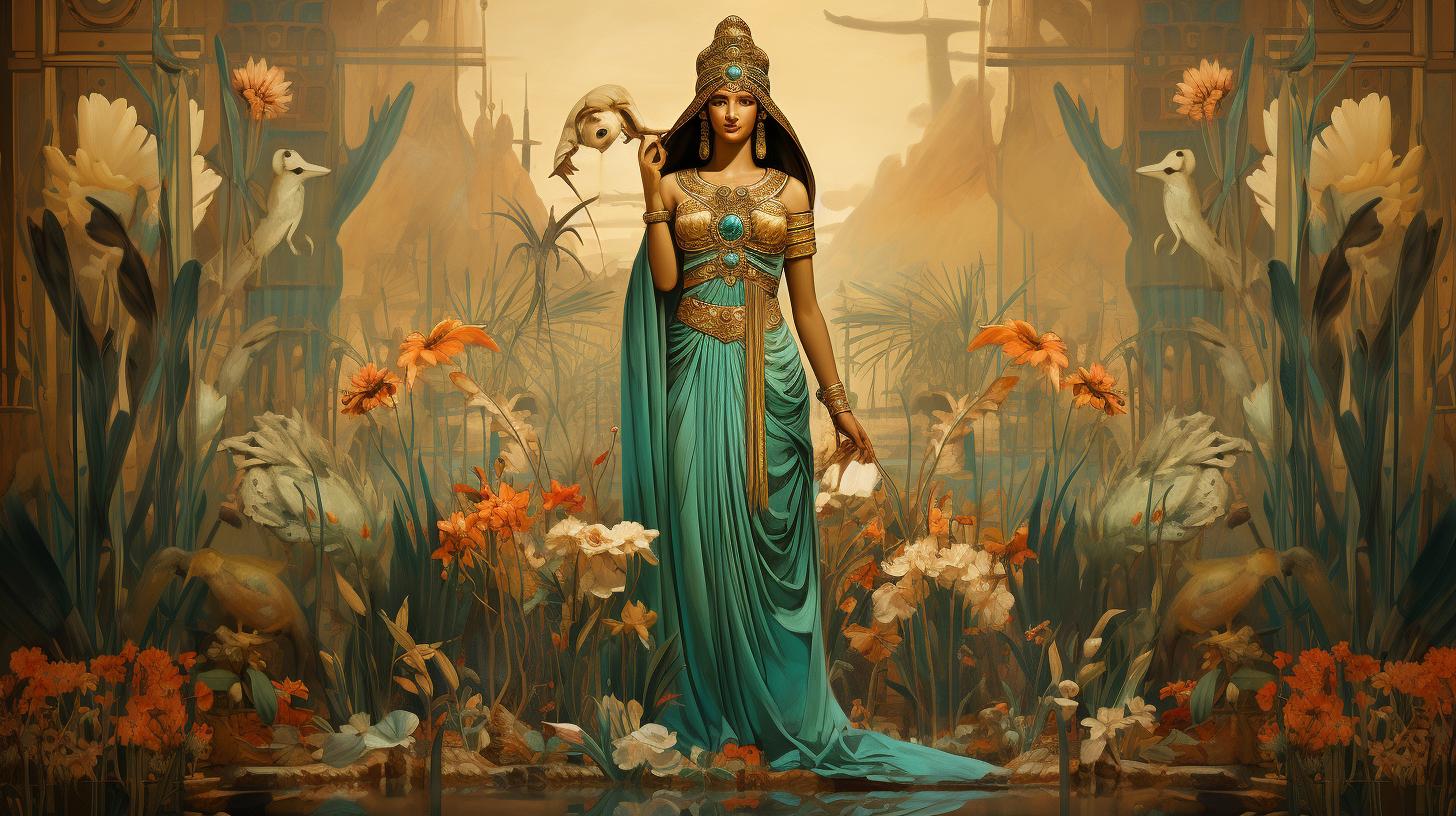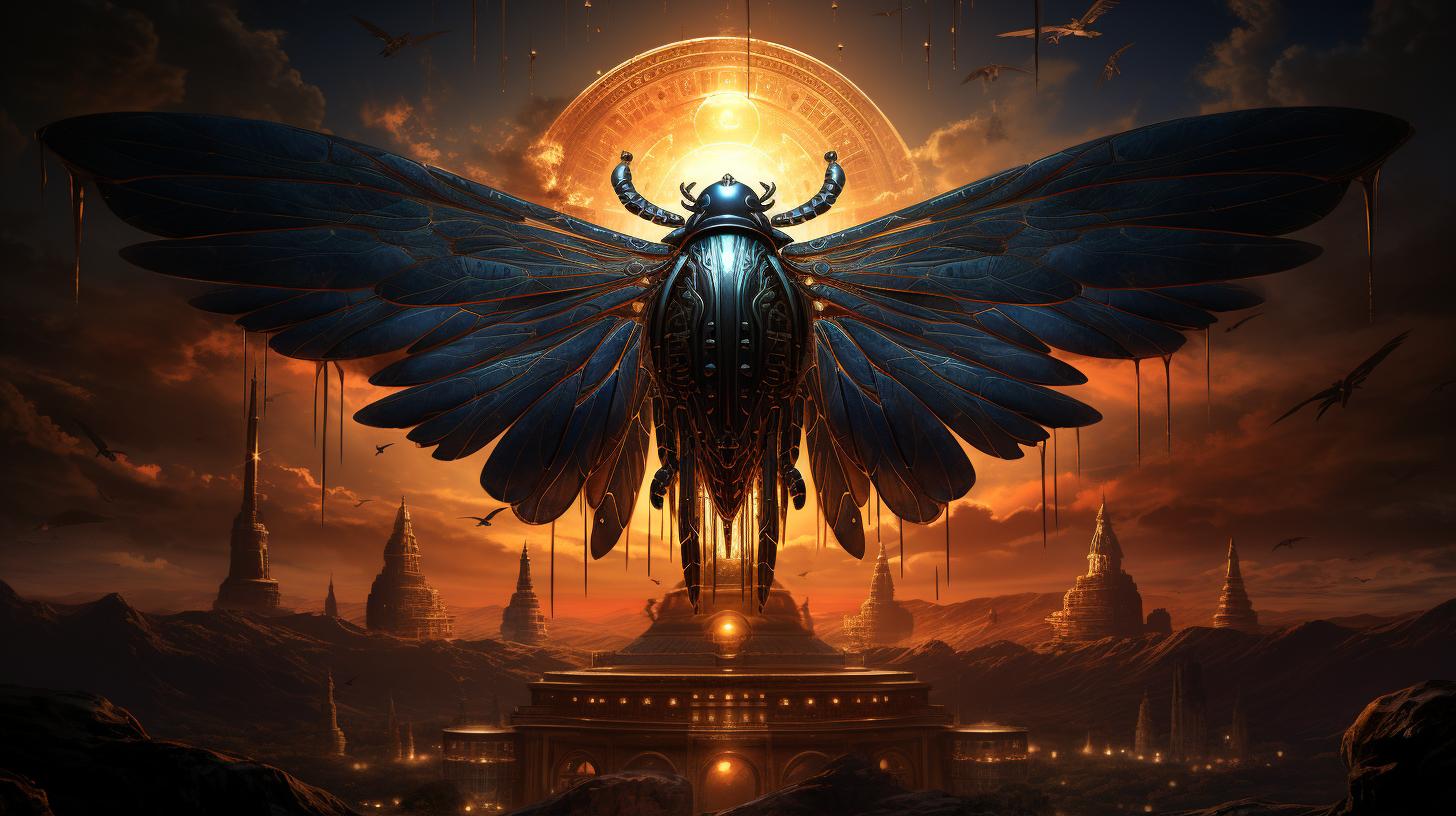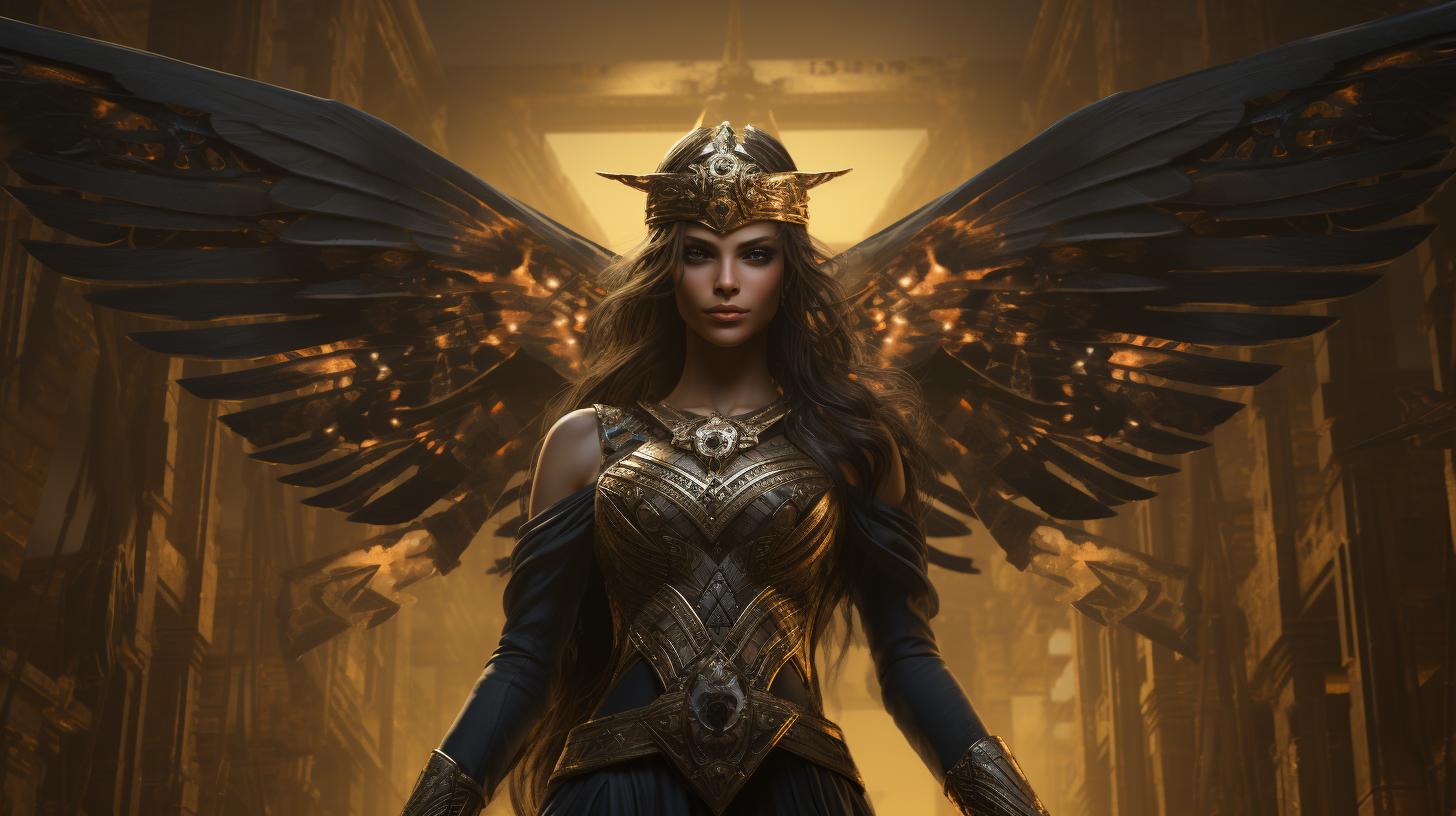Apedemak: The Egyptian God of War and Fertility Explored
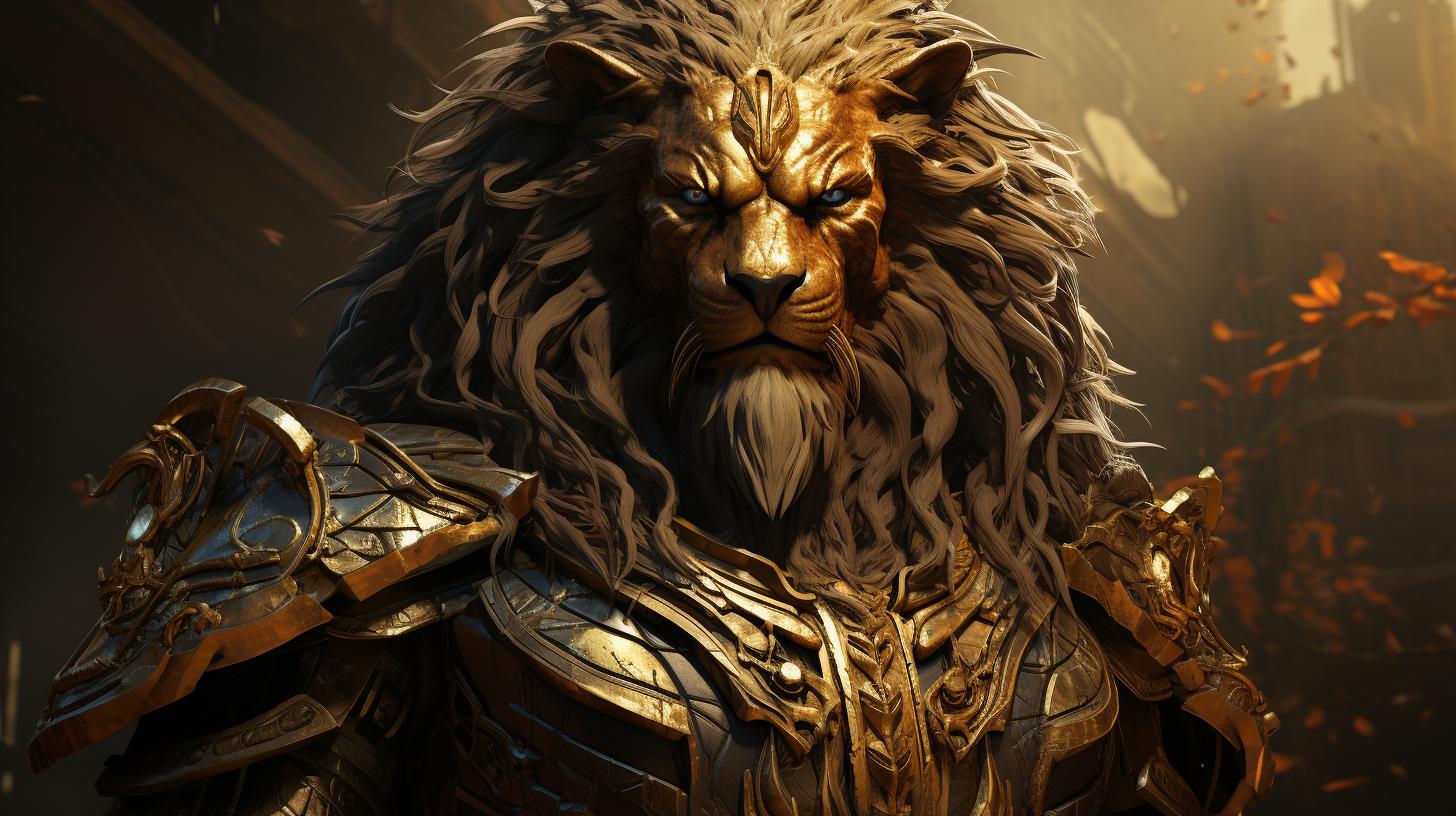
Apedemak, the ancient Egyptian god, was worshipped in Nubia, Sudan during the Meroitic culture. Represented as a lion-headed man with a triple crown called ‘hemhem’, Apedemak was primarily associated with warfare and military conquest.
Additionally, this deity was revered as a creator god and connected to fertility. Apedemak’s origins are unclear, but early depictions of lions may have evolved into representations of this god. The Meroitic period saw the prominence of Apedemak, with numerous temples dedicated to him in the Butana region, showcasing his importance in Upper Nubia.
This article explores the various aspects of Apedemak’s significance, ranging from warfare to creation and his connections to Egyptian deities.
Origins of Apedemak
Apedemak, the ancient Egyptian god, has a fascinating origin that traces back to the Meroitic culture in Nubia, Sudan. The figure of Apedemak evolved from early representations of lions, symbolizing strength and power.
These lion figures gradually transformed into depictions of Apedemak, reflecting the merging of religious beliefs and folklore.
Evolution of Lion Figures
The evolution of lion figures played a crucial role in the emergence of Apedemak as a prominent deity. These early lion depictions held cultural significance, representing courage, ferocity, and royal authority.
Over time, these figures evolved to embody the essence of Apedemak, the lion-headed god revered by the Meroitic people.
Apedemak in Kerman Culture
Apedemak’s presence within the Kerman culture is a subject of debate. While it remains unclear whether the Kermans worshipped these lion figures as gods or regarded them as symbols of legends and folklore, their connection to Apedemak cannot be ignored.
The Kermans potentially played a vital role in the development and dissemination of the Apedemak myth and its subsequent impact on Meroitic traditions.
These early origins of Apedemak set the stage for his later significance as a deity associated with warfare, creation, fertility, and divine powers.
Understanding the origins of Apedemak provides valuable insights into the cultural and religious dynamics of the Meroitic society and its connections to various lion deities across different cultures.
Apedemak in Meroitic Tradition
In the Meroitic tradition, Apedemak held a significant place in the religious beliefs of the people.
He was revered in an animist context, where natural elements and spirits were worshipped.
Apedemak in Animist Beliefs
Apedemak was seen as a powerful deity, embodying the forces of nature and the wild spirit of the lion. He was worshipped for his connection to the land, the animals, and the unseen forces that governed life.
The Meroitic people believed that Apedemak had the ability to provide protection, guidance, and prosperity to those who paid him homage.
Temples Dedicated to Apedemak in Butana Region
The devotion to Apedemak was evident in the numerous temples dedicated to him in the Butana region, located south of Meroe, the capital city. These temples served as places of worship and pilgrimage, attracting believers from various parts of the Meroitic kingdom.
The construction of these temples showcased the deep reverence and devotion the Meroitic people had for Apedemak.
The temples dedicated to Apedemak exhibited distinctive architectural features, displaying the influence of both Egyptian and local Nubian styles.
Their grandeur and significance within the Meroitic culture highlighted the importance placed on the worship of Apedemak and the role he played in the lives of the people.
- Distinctive architectural features
- Combination of Egyptian and Nubian styles
- Evidence of the Meroitic people’s devotion
- Significance in promoting religious practices and beliefs
The temples dedicated to Apedemak in the Butana region stood as lasting testaments to the strong spiritual connection between the Meroitic people and their beloved deity.
Apedemak: God of War
Apedemak, the lion-headed deity in ancient Meroitic culture, was closely associated with warfare and military conquest. His prominence as a god of war reflects the significance of military prowess in the society of that time.
Association with Warfare and Military Conquest
Apedemak was revered as a powerful god who provided strength and protection to warriors. He was believed to bless the Nubian armies, granting them victory in battle against their enemies. The Nubian people looked upon Apedemak as a fierce and formidable deity, instilling bravery and courage in their soldiers.
The imagery of a lion symbolized Apedemak’s ferocity and dominance in battle. His presence was believed to inspire and empower the warriors, leading them to triumph over their adversaries. The Nubian warriors would often invoke his name and seek his favor before going into combat, believing that his divine intervention would ensure their success on the battlefield.
Records indicate that Apedemak’s worship was particularly prevalent during periods of conflict and military campaigns. As the people of Nubia engaged in territorial expansions and sought to establish their dominance, they sought the aid of Apedemak to secure victory in their conquests.
Divine and Protective Powers
In addition to his martial associations, Apedemak was also revered for his divine and protective powers. The Nubian people believed that he guarded them against evil forces and provided spiritual guidance in times of danger.
It was thought that Apedemak’s divine protection extended beyond the battlefield, safeguarding the Nubian kingdom and its people as a whole. He was seen as a guardian deity, watching over the land and ensuring its prosperity and stability.
The belief in Apedemak’s protective abilities stemmed from the lion’s natural traits of strength, courage, and vigilance. These qualities were attributed to him, and the Nubian people sought his blessings to shield them from harm and to grant them good fortune in their lives.
- Empowering warriors with strength and courage
- Providing divine guidance and protection
- Guarding the kingdom against evil forces
- Ensuring prosperity and stability
Apedemak: God of Creation and Fertility
Apedemak, the powerful deity of war, also holds significant significance in the realms of creation and fertility. This section explores his close relationship with Amesemi, the lunar goddess, and his connections to royalty and leadership.
Relationship with Amesemi, the Lunar Goddess
Apedemak’s association with the lunar goddess Amesemi further highlights his role as a god of creation and fertility. The lunar cycle and its influence on fertility and abundance deeply intertwine with Apedemak’s domain.
Together, Apedemak and Amesemi symbolize the harmonious union of masculine and feminine energies, representing the concept of creation and the cycle of life.
Connections to Royalty and Leadership
Apedemak’s influence extends beyond warfare and creation, as he also has ties to royalty and leadership. In the Meroitic tradition, he is regarded as a patron god of kingship and a protector of rulers.
The association between Apedemak and royalty signifies the divine authority bestowed upon leaders and their responsibility in maintaining balance and prosperity within their realms.
In addition, Apedemak’s connections to leadership can be seen in his depiction as a lion-headed deity wearing a ‘hemhem’ crown, a symbol of power and authority.
This representation further solidifies his role as a god associated with leadership and the divine qualities attributed to rulers.
Overall, Apedemak’s significance as a god of creation and fertility is evident through his relationship with Amesemi, the lunar goddess, and his connections to royalty and leadership.
This multifaceted nature reinforces his importance in various aspects of life and underscores his divine influence in the Meroitic culture.
Apedemak and Amun: Egyptian Connections
Apedemak, the ancient Egyptian god, shares significant connections with the prominent Egyptian deity, Amun. These connections highlight the cultural exchanges and influences between the Meroitic and Egyptian civilizations.
Relationship with Egyptian Deity Amun
Apedemak’s association with Amun, the state-sponsored Egyptian deity during the Napatan era, suggests a fusion of religious beliefs and practices.
It is believed that as the Nubian kingdom of Napata grew in prominence, so did the influence of Amun on Apedemak’s worship.
The similarities between Apedemak and Amun are striking. Both deities were associated with kingship, protection, and divine powers.
While Apedemak represented war and conquest, Amun was revered as a god of creation and fertility. Their shared attributes demonstrate the intermingling of religious ideologies between the Meroitic and Egyptian cultures.
Similar Lion Deities in Different Cultures
Interestingly, Apedemak’s lion-headed representation also finds parallels in other ancient cultures across the world. Various civilizations revered lion deities, often associated with bravery, power, and protection. This suggests the universality of lion symbolism and its intrinsic connection to ancient beliefs.
In Egyptian culture, the lion-headed goddess Sekhmet exemplifies such lion deities. Like Apedemak, Sekhmet symbolizes war, destruction, and ultimate protection. The shared themes associated with lion symbolism in different cultures underline the cross-cultural significance of these deities.
As we delve deeper into Apedemak’s connections, we witness the intricate interplay between Egyptian and Meroitic cultures, blurring the boundaries and highlighting the vastness of ancient religious systems and beliefs.











